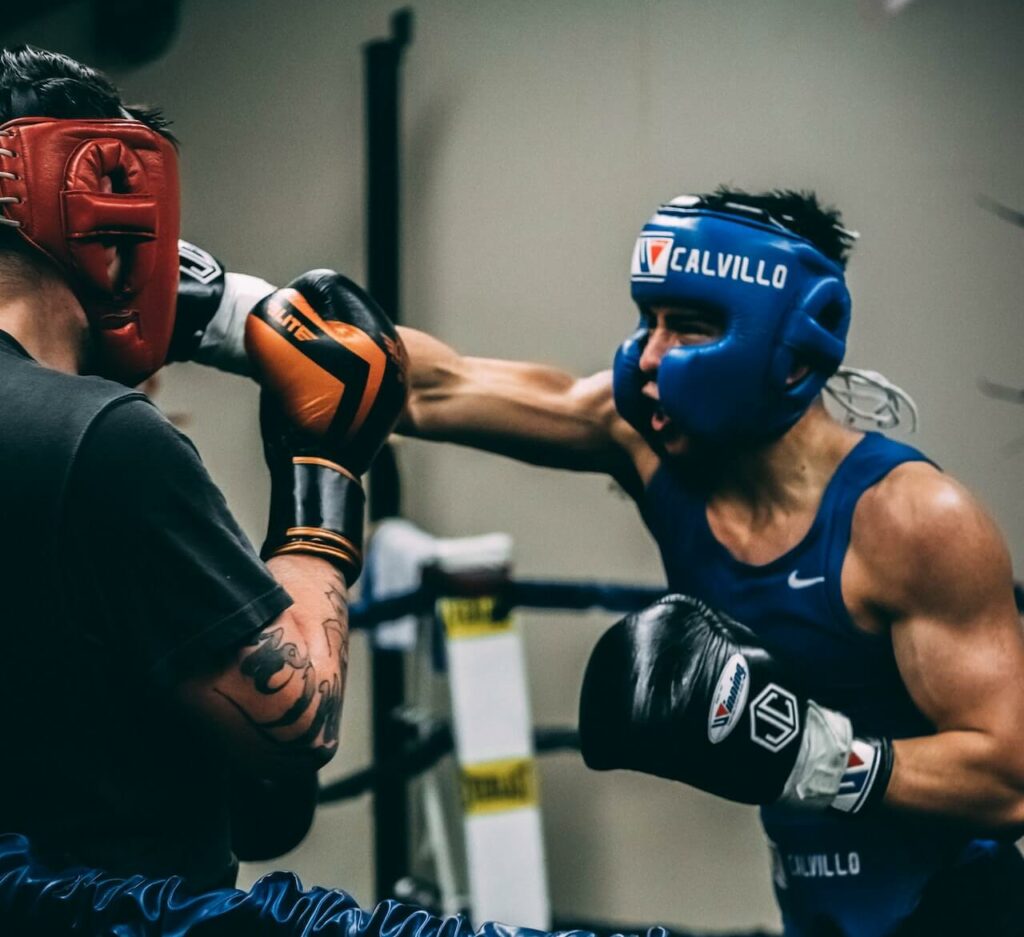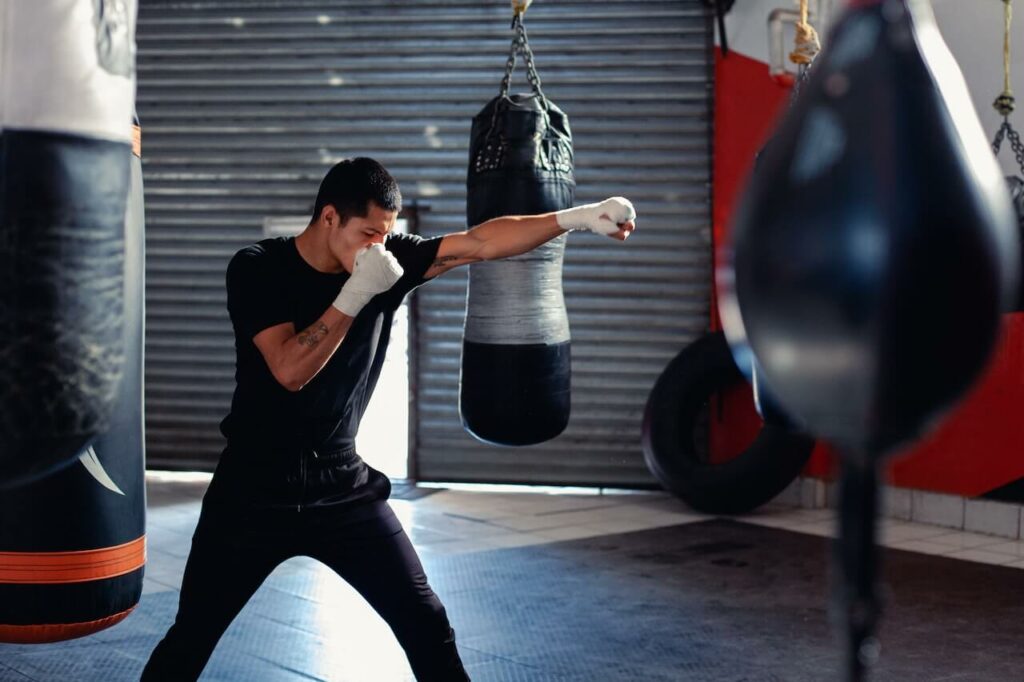Introduction
Boxing is a combat sport that requires fighters to be quick, strong, and skilled in various techniques. In a boxing match, the objective is to land as many punches as possible on your opponent while avoiding being hit. Facing a southpaw in boxing can present a unique set of challenges for a fighter, but with the right approach and techniques, a fighter can learn to effectively deal with a southpaw opponent.
Understanding the Southpaw Stance
A southpaw is a left-handed boxer who stands with their right foot forward and their left foot back, opposite to the more traditional stance of a right-handed boxer. The southpaw stance can be tricky for right-handed fighters to deal with because they are not used to the angles and distances that a southpaw presents. It is essential to understand the southpaw stance to know how to deal with a southpaw opponent.
The first thing to note is that the southpaw stance puts the fighter’s lead hand and lead foot forward. This means that the southpaw’s left hand is in a prime position to attack the right-handed fighter’s head and body. Also, the southpaw’s lead foot is positioned on the outside of the right-handed fighter’s lead foot. This can make it difficult for the right-handed fighter to land punches effectively.
Practical Tools And Attributes Against A Southpaw
Footwork
Footwork is key when facing a southpaw. The right-handed fighter should focus on moving to their left to avoid the southpaw’s left hand and create angles to land their own punches. It is crucial to keep the right foot on the outside of the southpaw’s lead foot to prevent the southpaw from turning and landing their left hand.
The right-handed fighter can use various footwork techniques to move to the left, such as a simple step to the left or a pivot. A pivot is when the right-handed fighter turns on the ball of their lead foot to create a new angle. This technique can be useful for creating openings for counterpunches.
You can also view Four footwork drills that will improve your footwork here.
Jab
A strong jab can be an effective tool against a southpaw. The right-handed fighter should focus on using their jab to disrupt the southpaw’s rhythm and timing. Additionally, a fighter can use their jab to create openings for their power shots.
The right-handed fighter should aim to keep the jab straight and not loop it around to avoid exposing their chin to the southpaw’s left hand. The right-handed fighter should also aim to land the jab on the southpaw’s head or body and not on their lead hand, which can be used to block the jab.
View our complete jab guide here.
Lead Hook
A lead hook is a powerful punch that can be particularly effective against a southpaw. A fighter should focus on throwing their lead hook with their right hand to catch the southpaw off guard and land a powerful punch.
To throw a lead hook, the right-handed fighter should pivot on their lead foot and turn their body to create power. The right-handed fighter should aim to land the lead hook on the southpaw’s head or body, making sure not to expose themselves to the southpaw’s left hand.
Defense
Defense is always important in boxing, but it is particularly important when facing a southpaw. A fighter should focus on keeping their lead hand up to defend against the southpaw’s left hand. Additionally, a fighter should be prepared to move and adjust their defense as the southpaw changes angles.
The right-handed fighter should also keep their chin down to avoid being hit by the southpaw’s left hand. The right-handed fighter can use various defensive techniques, such as slipping and weaving to avoid punches.
Slipping is when the right-handed fighter moves their head to the left or right to avoid a punch. Weaving is when the right-handed fighter moves their upper body in a circular motion to avoid punches. These techniques can be effective against a southpaw’s left hand.
Counterpunching
Counterpunching can be an effective strategy against a southpaw. When the southpaw throws a punch, the right-handed fighter can use their footwork to create an angle and counter with a punch of their own.
The right-handed fighter can use their jab, lead hook, or even their cross to counterpunch. It is crucial to focus on accuracy and timing when counterpunching to avoid being hit by the southpaw’s left hand.
A good counter cross can drop can drop a southpaw to the canvas. You can view a great example by watching Jorge Linares counter punching with the cross against pound for pound great Vasily Lomachenko which ended up dropping Vasily.

Conditioning
Conditioning is essential in boxing and particularly important when facing a southpaw. A boxer should focus on building their endurance and stamina to keep up with the fast pace of a boxing match.
Additionally, a boxer should focus on developing their speed and agility to keep up with the southpaw’s angles and movements. A boxer can work on their conditioning through various exercises, such as running, jumping rope, shadowboxing, etc.
Summary
Facing a southpaw in boxing can present a unique set of challenges for a boxer. However, with the right approach and techniques, a boxer can learn to effectively deal with a southpaw opponent. It is crucial to understand the southpaw stance, focus on footwork, use the jab and lead hook effectively, prioritize defense, and use counterpunching to create openings.
Additionally, a fighter should focus on building their endurance and stamina through conditioning exercises. By implementing these techniques and strategies, a boxer can successfully face a southpaw opponent and come out on top in sparring or a boxing match.




